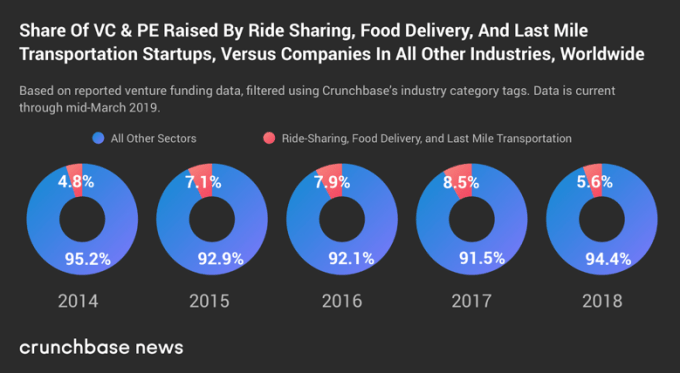
Are TVs inside your business crucial?
If you’re a sports bar, obviously you’ll say flat screens on the wall are 100% crucial to business. But at gyms, screens seem to exist so that members can zone out as they work out. And owners of medical and dental practices might think TVs in waiting rooms are best at keeping “impatient patients” calm.
While clearly different, the use cases mentioned above treat TV screens in a very basic way. You might even wonder if those TVs are “underutilized”, or not living up to their potential. Thinking outside the box (or flat screen, in this case) isn’t something every business owner is good at. And if you don’t know the right questions to ask, or the latest innovation trends to watch, chances are you’re going to stay very vanilla. Because you’re unaware of what’s possible and what other businesses are doing.
You can Miss Opportunities if you Play it Too Safe
Then what are forward-thinking businesses currently doing with smart TVs? What are they improving and how? What are they phasing out? Basketball Hall of Famer Mike Krzyzewski puts it this way. Don’t worry what you’ve just done or whatever choices you’ve made. Good or bad, they don’t match the important of what you’re doing right now. And what play comes next. Okay then, what trend comes next?
Small Business Trends posed that question to Adam Hirsen, the CEO and co-founder of UPshow. The company launched as a small brand in Chicago in late 2015. Hirsen let us see his TV-centric social engagement product while in New York City, at Buffalo Wild Wings. The business is an UPshow client.
UPshow Social Engagement Platform
UPshow transforms how brick and mortar businesses leverage their TVs and consumers’ smartphones to enhance engagement, drive sales, marketing and more. Powering more than 4,500 locations with 12,000+ active TV screens, their client list includes Crunch Fitness, UFC Gyms, Cheddar’s Scratch Kitchen, Sky Zone, and more. They recently secured $6 million in Series A funding led by TDF Ventures and Jump Capital, and rang the NASDAQ bell in New York as a winner in the Chicago Innovation Awards.
* * * * *
Small Business Trends: What’s the purpose of UPshow?
Adam Hirsen: We’re an in-venue engagement platform that connects the big screen TVs inside of venues to the small screens in everyone’s pocket. We engage customers with modern entertainment and interactive media, and pair that with promotional marketing.
Small Business Trends: Oh, okay, you mean smartphones. I happen to love them. And I know brands love them for data. What’s your stance on old-school marketing methods and traditional CX?
Adam Hirsen: Everywhere you go today, whether it’s Buffalo Wild Wings or a fitness venue, you’re going to be struck with paper marketing which is static and ignored, and also broadcast television. The challenge there is, broadcast television doesn’t add all that much value to a brand, and sometimes it’ll even advertise a national competitor. UPshow helps our partners take control of the experience and market what’s important to build loyalty with their customers and also offer live, interactive and modern media of the venue’s choosing. If you’re a New York Yankees bar, you’ll serve Yankee-centric content, content that aligns with what you’re trying to grow. Each venue lets us know which parts of their marketing and analytics they wish to improve, and our success team teaches the client exactly how they can do that with UPshow, whether it’s getting more sign-ups to their loyalty initiatives or getting a deeper understanding of which specific social media users tweet at them. There’s so much that can be done with UPshow.
What the Business Offers

Small Business Trends: Is installation complicated? Standing here [inside Buffalo Wild Wings Times Square] and looking at all this, it’s very impressive and visually striking, but it makes me think the set-up might overwhelm someone who isn’t tech-savvy.
Adam Hirsen: It’s all simple, actually! Everything’s done through Google Chromebit, which is a slim HDMI stick, and wifi. Our success team makes sure that installation is plug-and-play and goes smoothly; and then once a client is up and running, we make sure they’re getting the most out of UPshow’s front-end and back-end capabilities to not only deliver great experiences for customers but to improve and track what’s important for the business end. Those business goals are defined by the client.
Markets the Company Serves
Small Business Trends: Which sectors do you currently focus on?
Adam Hirsen: Hospitality is big for us, as well as fitness, entertainment and healthcare venues.
Small Business Trends: Because the visual pieces are a huge part of what UPshow does, where can potential clients see it in-person?
Adam Hirsen: Trade shows are huge for us. We go to MUFSO, we go to National Restaurant, we have people at the Nightclub & Bar Show this week in Las Vegas, we go to the Digital Signage Expo, etc… Because it’s a visual product, [examples can be found here and here] it really helps to be able to stand with the customer and show them what it’s like.
Images: UPshow.TV
This article, "UPshow Helps Businesses Use TV Screens on Site to Build Their Brands" was first published on Small Business Trends

















